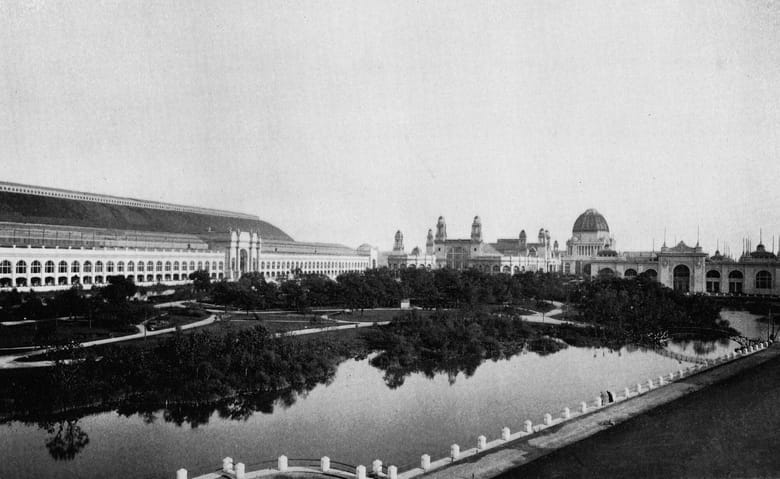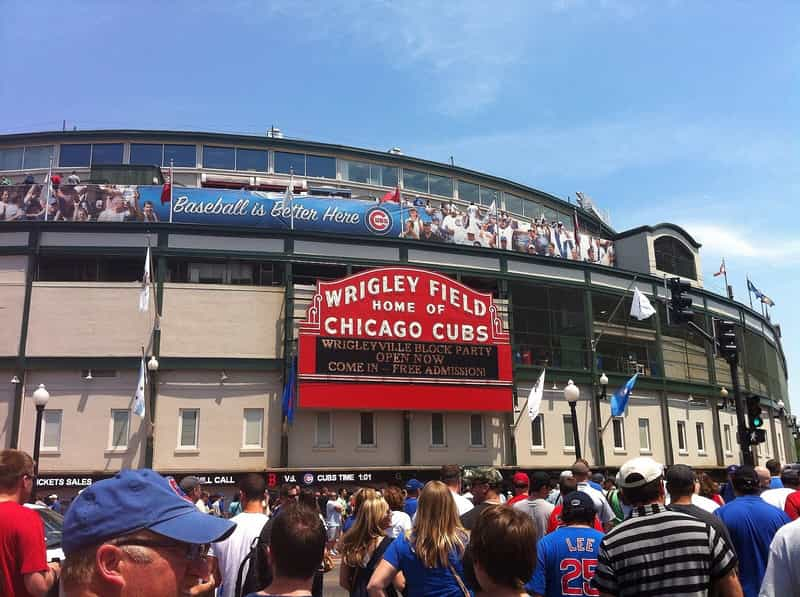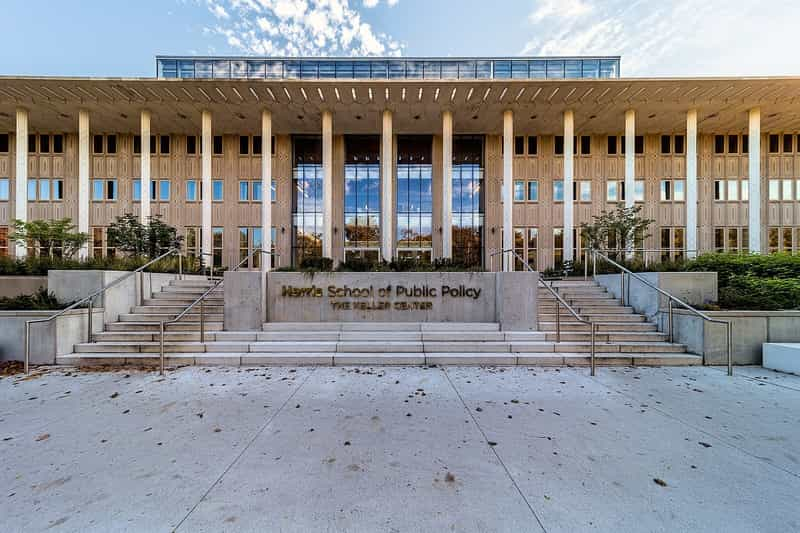Frederick Law Olmsted
Portrait of Fredrick Law Olmsted
World's Columbian Exposition of 1893
The Wooded Island (looking southeast) at the World's Columbian Exposition of 1893
Landscape architect Frederick Law Olmsted designed some of the Chicago area’s most picturesque green spaces. Born in Hartford, Connecticut in 1822, he studied engineering, chemistry and farming before settling on a career in landscape architecture. In addition to his design career, Olmsted was an author and social critic, believing that aesthetic beauty was the remedy to many of the social ills he observed around him.
In 1858, Olmsted and his partner, Calvert Vaux, won a competition to design Central Park in New York. It was there that Olmsted laid out his vision for a natural environment in the heart of an industrialized city. The park exemplifies Olmsted’s belief that nature has a positive effect on human behavior and well-planned parks and environments can help improve city dwellers’ sense of well-being.
Impressed by Olmsted and Vaux’s Central Park design, the planners of Riverside, Illinois appointed the duo to design a suburban community nine miles west of Chicago in 1868. The goal of the community was to incorporate the amenities and convenience of the city with the idyllic landscapes of the country. Still known today for its curvy streets and parklands, the town embodies Olmsted’s ideas of suburban living, which included “leisure, contemplation and happy tranquility.”
While Olmsted was working in Riverside, the Chicago Sanitary Commission became aware of his work and asked him to submit plans for the South Park Commission. The proposal put forth by Olmsted and Vaux included prairie-like spaces for livestock, pavilions for concerts and open places for reflection. Lake Michigan was central to the design, with a promenade along the lakefront and a waterway connecting the lake to what is now Washington Park. But the elaborate plans, submitted a few months before the Great Chicago Fire of 1871, were put on hold as the city recovered from the devastation. In the years that followed, Olmsted kept working across the country, creating a prolific career that included master plans for numerous universities, including the University of Chicago, as well as landscape designs for the U.S. Capitol grounds and the Biltmore Estate in Asheville, North Carolina. In addition, he became involved in the conservation movement, notably working on the preservation of Niagara Falls.
Olmsted’s shining moment in Chicago came when the city was selected to host the World’s Columbian Exposition of 1893. Olmsted collaborated with Daniel Burnham to adapt his initial design for the South Park Commission site, now known as Jackson Park, Washington Park and the Midway Plaisance. He created a Venetian-inspired pleasure ground, complete with waterways and places for quiet reflection in nature that complemented the grand architecture of the fair. Olmsted and Burnham’s work at the fair launched the “City Beautiful” movement, which promoted the introduction of beautiful green space in urban centers nationwide to improve residents’ morale and quality of life. Now, Olmsted’s vision is the talk of the town again, as discussions continue regarding the design and construction of the new Obama Presidential Center in Jackson Park. Michael Van Valkenburgh, who is leading the project’s landscape architecture, says he believes the center will provide an opportunity to bring the park into the 21st century, while restoring some of Olmsted’s plans.

























